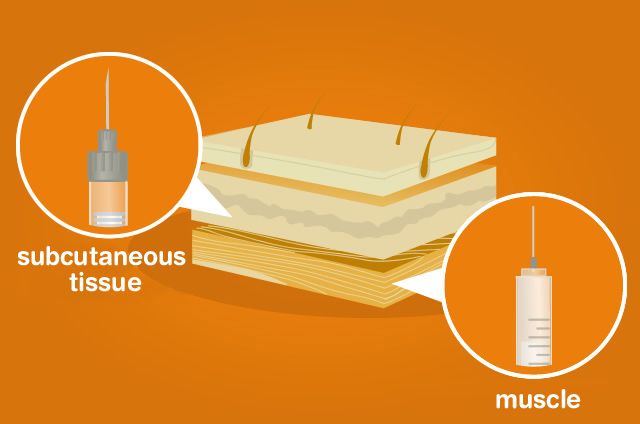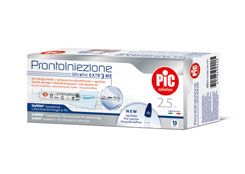
Every injection has its own type of syringe
Let's find out together which is the right syringe for each injection, from insulin and antibiotics to light-sensitive drugs. Also, how long are the needles? And are the same syringes used for children?
The injection's coming up and it’s important to know that each syringe has its own rules. First of all, the amount of the drug that's being administered must be considered, as well as the weight of the patient, and if the injection is for a child, the needle has to be the right one.
Is it a subcutaneous or an intramuscular injection?
Each drug has its own syringe! For example, for insulin you use a syringe for subcutaneous injection; some come pre-loaded with the prescribed amount of insulin. And what about giving antibiotics? That's when a syringe for intramuscular injection with a 5 milliliter dose is used.
The syringe for drugs that are "allergic" to sunlight
And what if the syringe needs to be filled with a light-sensitive drug that alters when exposed to sunlight? There are types of syringes, like amber-coloured ones, that don't let light through. For other more challenging treatment, like pain management, syringes with luer locks are used instead, which allows the drug to be released slowly. These are devices with outer protective coatings to reflect the sun's rays and avoid overheating of the barrel.
The syringe that's "tailor-made" for newborns
The science community puts it in a few simple words: "A 25 millimeter needle is considered suitable for all ages, except for very small newborns, when it's appropriate to use a needle of 8 - 16 millimeters".












